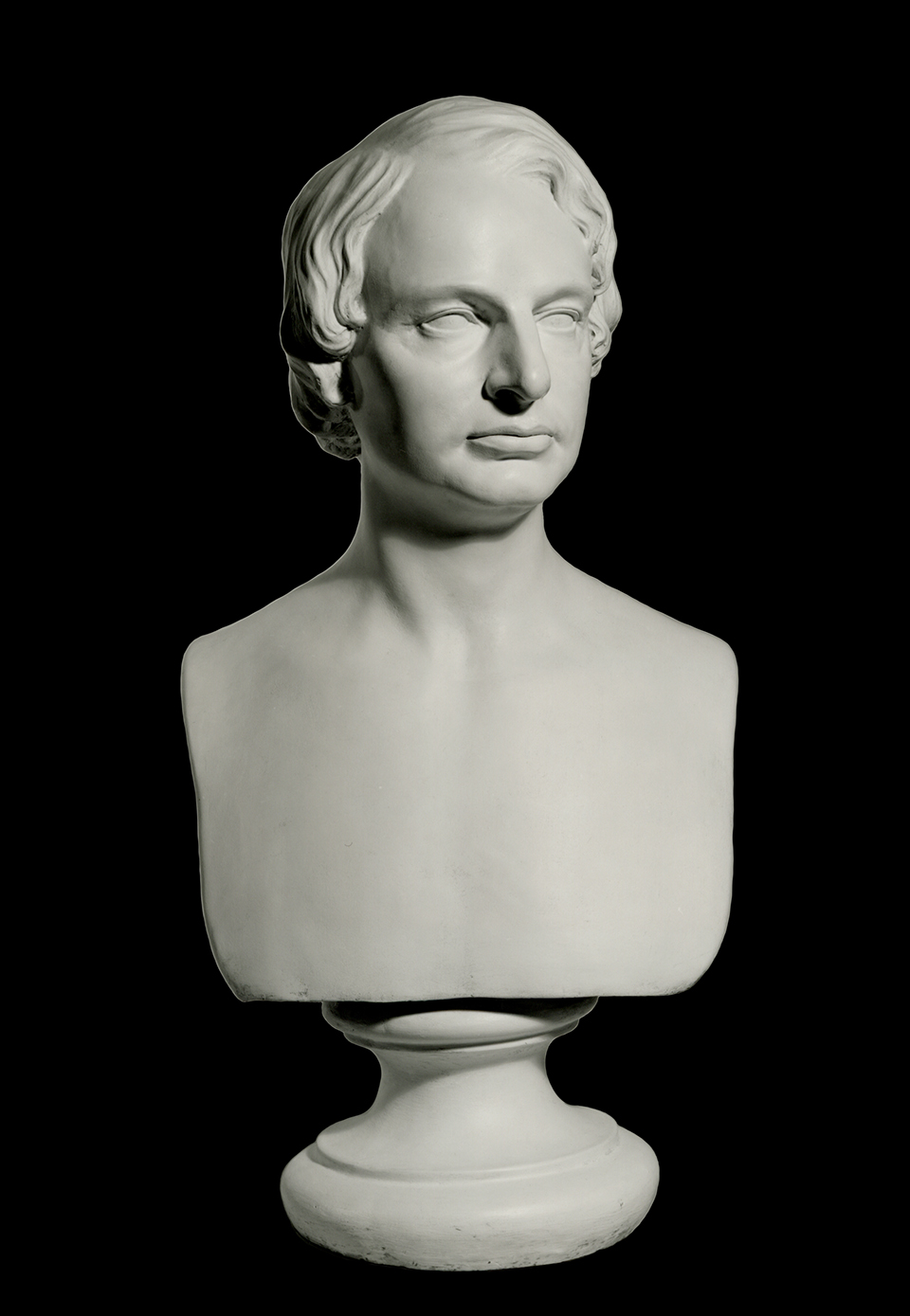
Have you ever had a photograph of yourself you didn’t like? How about a painting? Or even a sculpture?
This bust of Henry Wadsworth Longfellow is a copy of a marble original made in 1843 by sculptor Edward Augustus Brackett. Brackett was born October 1, 1818, in Vassalboro, Maine. He began his career in Ohio, after moving with his parents to Cincinnati in 1837. In 1841 Brackett came to Massachusetts, where he eventually settled in Winchester. He sculpted portrait busts of prominent abolitionists, including William Lloyd Garrison, Charles Sumner, and John Brown, whom Brackett got access to for his initial sketch and measurements while Brown was jailed and awaiting execution in Charles Town, Virginia, in 1859. Brackett’s bust of Brown attracted the attention of aspiring sculptor Edmonia Lewis, whom he helped train by lending some of his works to her for use as models for her own pieces.
Neither Henry nor his younger brother Samuel were impressed with Brackett’s work on Henry’s portrait. Samuel remarked in March 1843 “I saw Henry’s bust at Brackett’s yesterday. My first impressions are not favorable.” A year later Henry sent a copy of the bust to his father Stephen, writing “A week or fortnight ago a bust of me by Bracket [sic] – not very good – was sent you. Did it arrive safely?” He wrote his father again the next month, this time commenting “I ordered . . . from Bracket’s [sic] a copy of the bust he made of me to be sent to you, - though I think it very poor.” Stephen finally acknowledged the bust’s receipt, stating that although it had arrived damaged it was “the most perfect work of the kind that I have ever seen.” Regardless of his father’s enthusiasm Henry persisted in his dislike of the work, with his final mention of it being that he would “not regret its loss much, as I do not like it.”
Why and how a bust of Henry that he clearly didn’t like made it to the Longfellow House is unknown. The Maine Historical Society (MHS) has a copy of this bust in its collection, possibly the one Henry sent his father in 1844 (the MHS received the contents of Henry’s parents’ home after his sister Anne died in 1901). By 1912 the bust pictured here was recorded as being displayed in a first-floor hallway in the Cambridge home, then occupied by Henry’s daughter Alice. Perhaps she or another family member obtained this copy to further commemorate him, despite his personal feelings about it.
